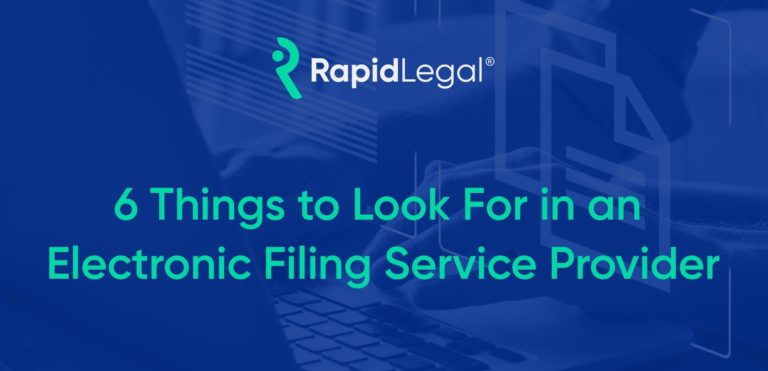Technology By Itself Does Not Make a 21st Century Law Firm
Why do law firm technology investments fail to pay off? It’s not about the money. To be successful technology needs to be backed up by a strategic plan that includes input from stakeholders across the firm who ask, “What can this do for me?”
Technology By Itself Does Not Make a 21st Century Law Firm Read Post











